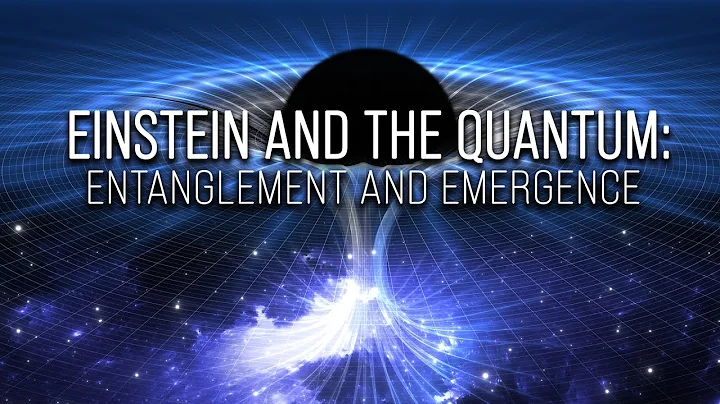Today we are going to talk about one of the most far-reaching ideas in physics, it is called the principle of least action and it is the basis for a huge amount of knowledge from Newtonian mechanics to relativity to quantum mechanics and quantum field theory. Thought.
Suppose we have a particle moving from point A to point B. What is the path to get there? Newtonian mechanics gives us a way to answer this question, but the Newtonian method is applied to vectors, and the calculation will become very complicated if it is in the case of multiple particles. In the 18th century Lagrange and others came up with a different proposal, where they assigned each possible path a number called an action and then showed that the trajectory followed by the particle was actually the one with the smallest amount of action. transformation trajectory.
Newtonian mechanics
The question we want to answer is, a particle with mass m is at position X1 at time t1 and at position X2 at time t2. What trajectory will this particle follow? Here, we only use one dimension X to reduce complexity, but the results can be generalized to three dimensions.
Newton told us that to answer this question we should write down all the forces on the particle and then let it equal mass times acceleration. In addition, we also know that force is the derivative relationship of potential energy U. Combining these two formulas, we can get a brand new formula, which is written down as:

In fact, we will use the principle of least action to get this new formula. In other words, Newtonian mechanics can also be derived from the new method.
Minimum Most Useful Principle
In the Lagrangian method, we will define a Lagrangian L whose value is the kinetic energy minus the potential energy, as shown below:

We can integrate the Lagrangian along the particle trajectory To define S, this quantity is called the action quantity:

particles have many possible trajectories, but what we are looking for is the trajectory that minimizes the action quantity S (actually maximizing it is also possible), it is The actual trajectory of the particles.

If we successfully find the trajectory that minimizes the action, then for any time t, we add a small change ε(t), then we just add some small swings x(t)+ε(t) to the trajectory ), the action S should not change in the limit case. So we rewrite the Lagrangian:

Expand the first term and omit the higher-order epsilon:

We also extend the second term, using the Taylor series expansion and omitting the higher-order epsilon:

Therefore, we rewrite the expanded Lagrangian:

Then, the difference ΔL of the Lagrangian has the following formula:

Then, in the extreme case, we hope that the action amount ΔS=0:

First Look at the previous item:

Although its trajectory adds some small swings ε, the starting point and end point are fixed, that is to say ε=0, so this item is equal to zero. Therefore, we are left with the latter term being zero:

Therefore, the integrand must be equal to 0:

This is exactly the equation previously derived from Newtonian mechanics. In addition, due to the following relationship:

we can get:

This is the Euler-Lagrange equation that we are familiar with, and in some cases of solving multi-particle systems, it is better than using Newtonian mechanics directly.





















